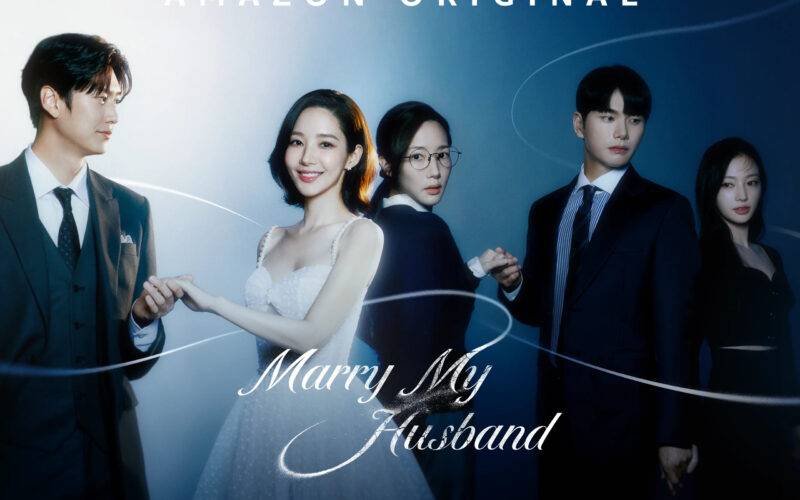26
Dec
So, you also like comic books. Which one are you reading currently? Do you read the printed ones or the webcomics? What are your top favourites? Did you also complete that one Manhwa (maybe Marry My Husband), before watching its Drama adaptation? Or maybe you are a millennial and get nostalgia every time you look at your old black & White Manga Naruto comics. Oh! Wait, I got it. You also thought you could do martial arts after reading Manhua Tales of Demons and Gods. Which one gives you the euphoria? Is it Manga, Manhwa or Manhua? Maybe, ironically, you…










